


JKII is a fun game, but it's let down a bit by some buggy controls and erratic difficulty. The main issue from the challenge in JKII doesn't come from good enemy AI or level design, it mostly comes from how quickly your character takes damage; the energy meter and shields might seem like a lot to look at, but each hit from an enemy blaster does a lot of damage, and if you get hit, you will most certainly be repeatedly hit by the same enemy over and over. So is it a hard game? No, not really. It's a game that requires a little bit of patience to learn the attack patterns of your enemies and, in the case of squeeze points in the maps, learn how to cheese them from a distance before they become an issue. JKII never rewards going in with guns blazing and that is surely going to get you killed every time. The game design so favors caution that I would almost call it a stealth game, if not for the fact that you will mostly be killing your enemies and not knocking them unconscious. This is exactly why the opening sequence is so difficult, because it's a relatively open area with a lot of gun wielding enemies to fight in one spot, with fairly scant places to hide from them. Once you get inside the first building, you don't really have another place like that in the game until the end of the mines, and that's the toughest spot in the whole game. Once you get a lightsaber and force powers, your main issue will then become snipers and enemies with heavy rockets and guns that can cause instant death from a great distance. Also, the wonky controls will occasionally stick you inside of a wall or flip you out of a window that you didn't intend. Lightsaber battles are fun, but they can often feel a bit random and decided more by luck than your skill. It's not pure button mashing, but it will come down to the choices made by your AI opponent more than anything. Still, JKII is a very fun game on the first playthrough or two, and it will satisfy the Star Wars urge.
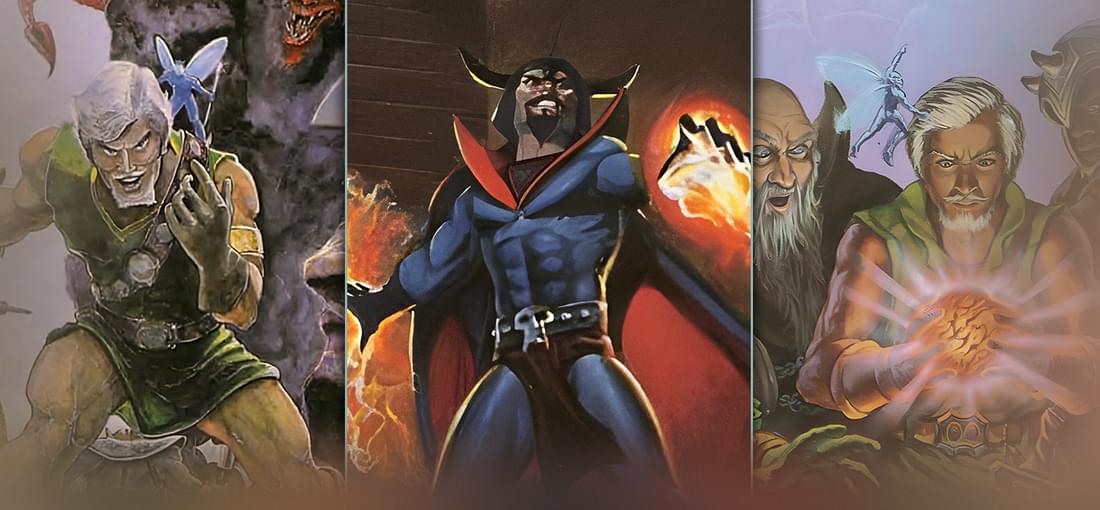
The Doug Wood SSI games are among the best that early CRPGs had to offer. These games are the same games as the Atari ST and Amiga versions in gameplay, but the graphics are not nearly even in the same ballpark. The bad 3 color plus black CGA graphics are seriously disappointing when you consider even the C64 and Apple IIe graphics looked better. I don't know why GOG keeps releasing this era CRPGs in the inferior CGA color pallets. It's the same with Wizard's Crown and Star Command. Even though Star Command had a better EGA graphics mode, it's still not anywhere near as well presented as the Amiga/ST version of the game. There are good emulators out there for both Amiga and ST, so they could include those versions as extra downloads at the very least. That way we can play them, even if we have to get the emulator setup by ourselves.
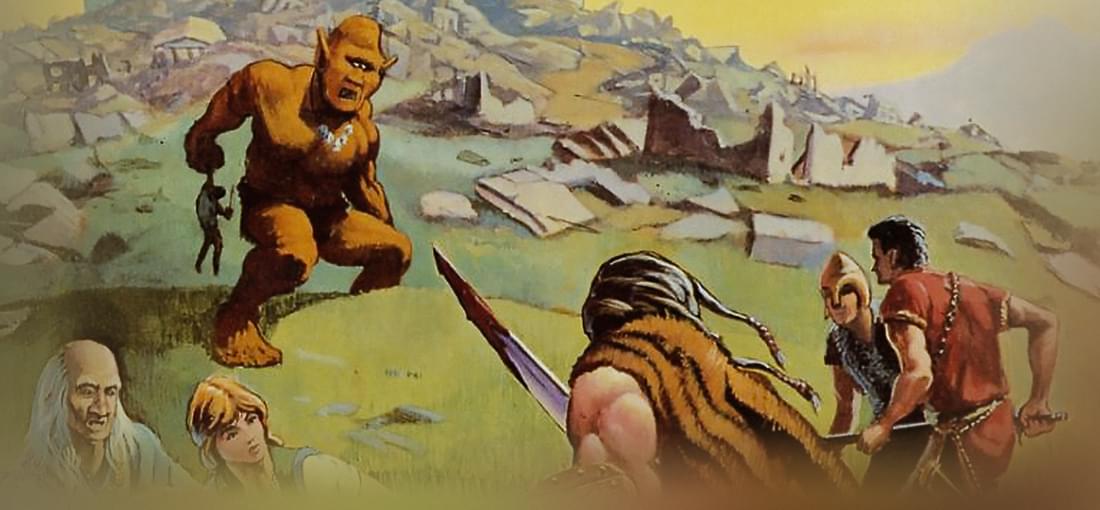
This is a great game that I enjoyed playing back in the 80's. It has deep (for the time) RPG mechanics and good replay value and presents a decent challenge. However, I am deeply disappointed that the version chosen to be here is the horribly ugly 4-color CGA version. which is the worst of all the 5 versions. Even the Apple II version looks better than this one, but the Atari St version is actually pretty great. If you just want to play it and you don't care how it looks, this version has the same mechanics, but IMHO, it's a far inferior experience because of the CGA palette.
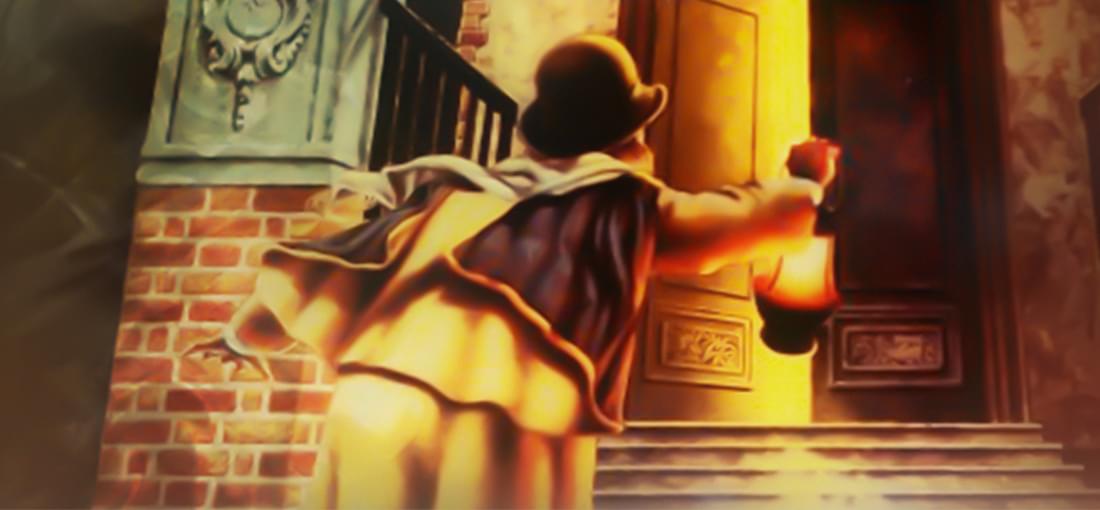
I played this game because I read that it was an influence of the survival horror genre that I got into playing Resident Evil. All in all, it's an interesting game that has many of the same ideas or features as Resident Evil, but it lacks the "total package" that made RE games so special and really launched the survival horror genre. In fact, even those things that it did first, Alone in the Dark does not do well at all. The combat (if you can even call it that) is absolutely horrible; do not expect hit detection to be accurate or gameplay to be fluid or intuitive in any way. The controls are much worse than Resident Evil (which is also clunky and bad) and you will be hit by bullets that you never see and killed by unexplained dangers that happen off-screen. It's a frustrating mess. The only good thing about Alone in the Dark is that the puzzles are a little better than the lame fetch quest garbage in Resident Evil, and the story is of much higher caliber (based on H.P. Lovecraft stuff if you care). Unfortunately, none of that makes the game any more enjoyable to actually play, and it's mostly just a matter of lumbering your way through it and getting lucky. If you decide to attempt playing, I would recommend a walkthrough to get you past the parts where you will get insta-killed from dangers that lurk off-screen. Because nobody likes that.
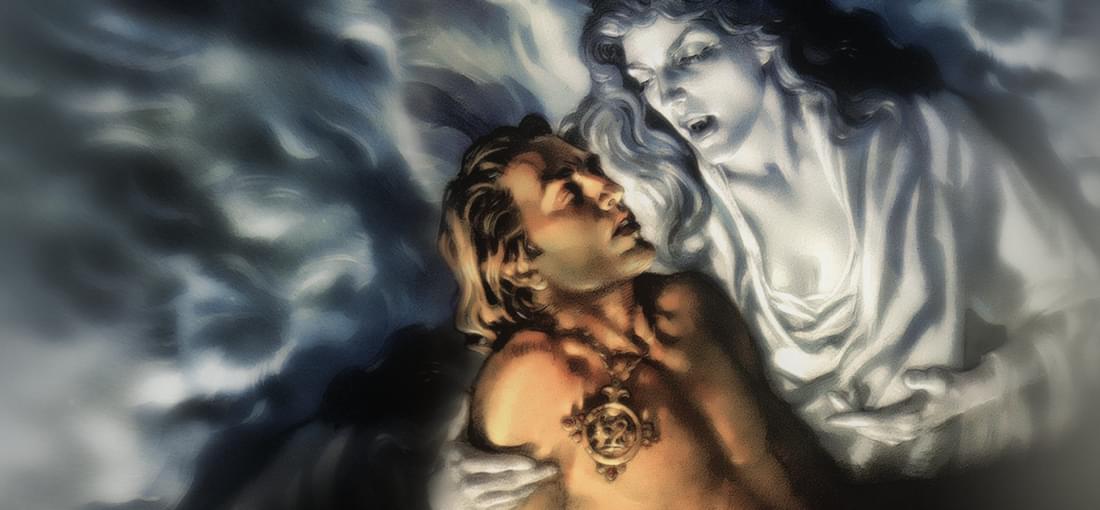
Gabriel Knight 3 occupies a lonely chapter in adventure gaming history. FPS's had taken over, and companies like Sierra began to alienate the hardcore adventure fans by releasing poor 3D engines like this one in an attempt to be "modern." I think I speak for a great number of adventure fans when I say that we would have rather them stuck to beautifully painted 2D art until they got the kinks ironed out of the 3D stuff. But that didn't happen, GK3 happened, and Simon the Sorcerer 3D happened, and Monkey Island 4 (in 3d) happened. Yay. So, IMHO, this was the dark ages for adventure gaming, and GK3 was no exception. I think the art in this game is clunky and atrocious. Regardless, GK3 manages to rise above the many problems that plagued it (and other contemporary adventure games) by presenting a truly engrossing story and reasonably difficult puzzles. I also want to say that this is the first of the 3 games I played. I found it sealed in the box at a salvation army (actually there were 3 copies there) in about 2003, and I played it then. I didn't have a chance to play 1 and 2 until GOG put them up for sale. From my experience alone, I would have to say that I had the most fun playing this game out of all of them. True, the art sucks, and the voices are campy and bad, but I really got into it, and had fun anyway. The first 2 created a great mood, had their own wonderful quirks, and had a really great aesthetic to them, which is were GK3 fails, but they lose in the sheer fun factor in comparison. Final Verdict; just as essential as the first 2 games, but for different reasons. (the biggest reason is that this game has the most sophisticated story of the series, and the mystery and pseudo-history is awesome, if you like that sort of thing) Extra Note: I first put this review up in 2010 when the game was released here on GOG. It was accidentally deleted and I'm reposting it in 2020.
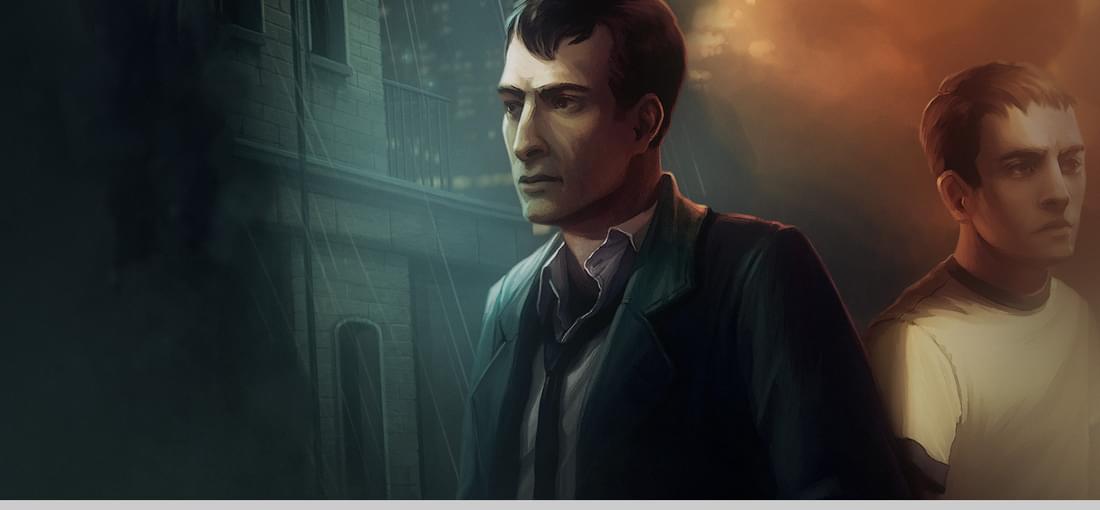
I found Gemini Rue to be a good but not great example of Wadjet Eye. The pluses would be a halfway decent story, characters and setting. I really like the classic cyberpunk noir theme, very up my alley. The minuses are a flaky interface, shallow puzzles and a drab color pallet (which makes it very difficult to spot some point and click items). The interface is especially annoying as you have no way to open your inventory other than right clicking on a hotspot in the environment. When you do, you cannot interact with the inventory, you can only choose to use an item on something else in the environment. You won't be solving many puzzles, and when you do, it's just a lot of running back and forth. If you need an adventure game fix, this will do it.
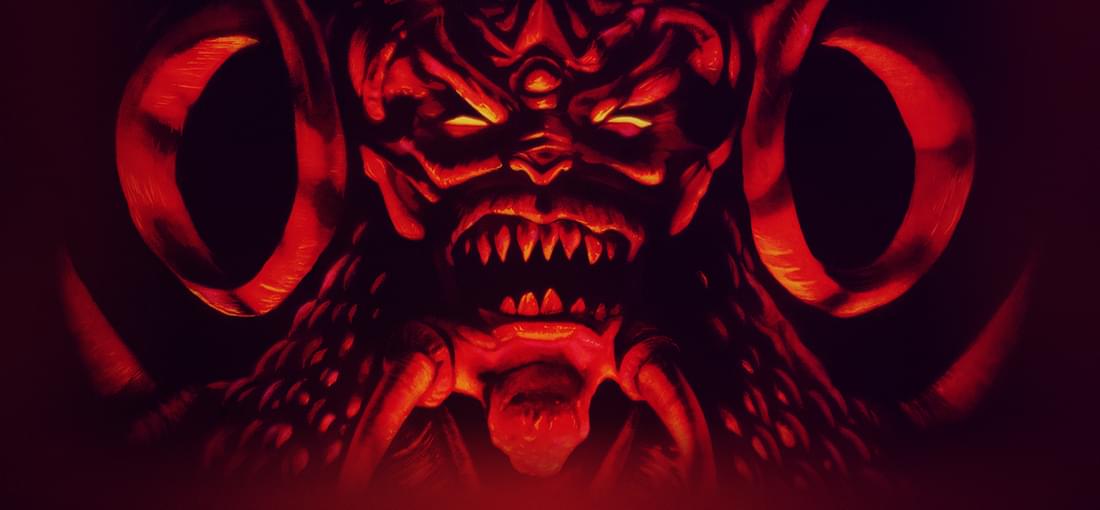
Diablo is not the game that invented "Dungeon Crawls," but it is the game that solidified the genre as being distinct from other CRPGs. The basic format is that of an ever-deepening dungeon to plunder. Above the dungeon is a single town with 8 or 10 NPCs and a shop or two that serve as a hub for your expeditions. There is a loose over-arching story, strung together by smaller quests that typically culminate in a boss fight in the dungeon that differ from standard fights only in the levels and powers of enemy you confront. At the time of it's release, Diablo's gameplay felt like a drastic simplification of the CRPG genre in general, but this is mostly because there hadn't been anything that hit the specific balance of hack'n'slash and stat crunching it introduced. In spite of the perceived simplicity of the game, it was enormously popular with fans of more technical CRPGs and with fans of FPS-style (like Hexen) games alike. Indeed, it was the balanced of gameplay pioneered by Diablo that makes it so fun and additive. However, this isn't saying that it is without flaws. My one biggest gripe about Diablo is how dull the game looks. Every environment in the game is a dull grey-red-brown-black covered with a hazy fog. This isn't a resolution issue or a scaling problem, it's the way the game was meant to look. I would guess that it's supposed to conjure a sinister feeling, like the town and the dungeon are infected with some sickness. It does, but it's also extremely difficult to see and it's ugly as hell. This isn't a review specifically of the GOG version, but I would like to add that the game tends to crash a lot on newer systems, even if you have been careful to follow all the advice online about setting it up. If you grew up during the birth of CRPGs, then you have probably played Diablo already, and none of this is going to be new to you. If you didn't, then play it. Regardless of how bad it looks, it's a truely classic CRPG with amazingly addictive mechanics.
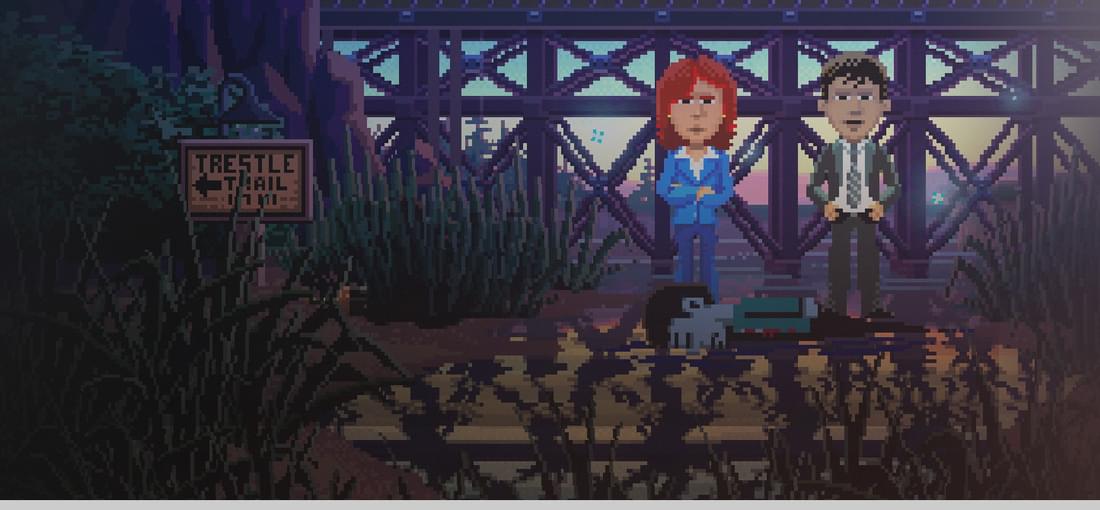
first the good. i really liked the characters in thimbleweed park. the personalities and dialogues were all more-or-less well developed and fun. each character had a reasonable amount of depth and story. there were a few missed opportunities, but it's hard to complain about that when holding this game up to classics. TP is as good as or better than most classic adventure games when it comes to story and dialogue. while i thoroughly enjoyed playing thimbleweed park, there are also some elements that i did not love. when i think about the best classic adventure games, there is a certain cohesive aesthetic that they had that i felt was somewhat missing from TP. i believe that this stems from 1: the fact that you are more or less in control of 4 people at the same time; having to switch back and forth between so many characters to solve puzzles made things disjointed and unfocused; 2: the environments are far less detailed than the best early 90's adventure games; if you go back and look at lechuck's revenge or the fate of atlantis, you'll notice just how much detail there is in the artwork; it was possible to spend hours just investigating a room while looking for an item and the detailed environments facilitated world-building and created a more absorbing atmosphere. additionally, the best classic games had much bigger worlds, allowing for more exploration which in turn furthered the world-building. TP is very linear and feels small relative to classic games. in my opinion, the added complexity of controlling 4 character to solve puzzles was not an adequate trade-off for a more complex and engaging world environment. i would like to see the next ron gilbert adventure game to reflect the advancements that came with the more engaging and complex games of the early 1990s. regardless of any criticism, i'm still really glad that this games exists because it was fun as hell and is the best thing to happen to adventure games for a long time!